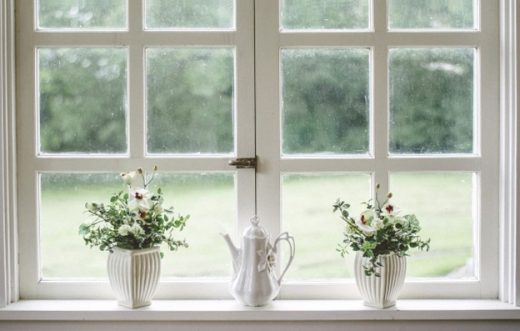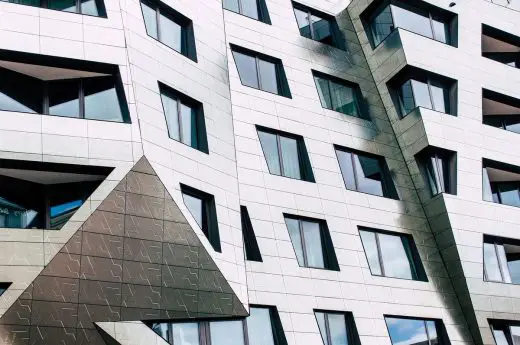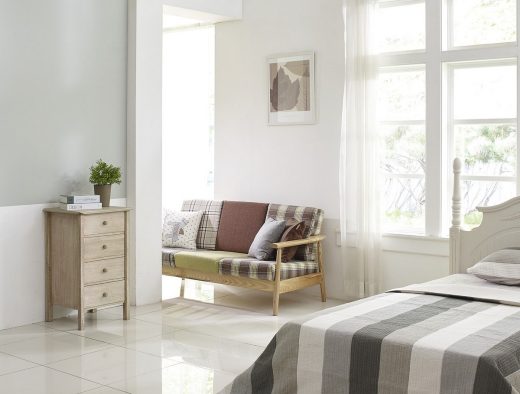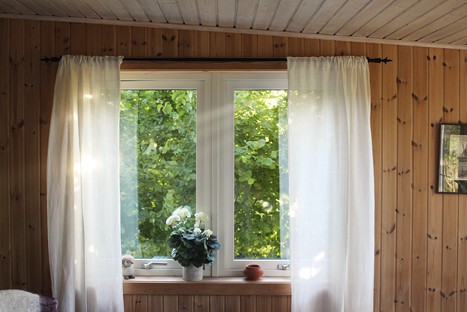Future of glass in architecture, UK homeowners window glazing, Property fenestration
The Future of Glass in Architecture: How Suppliers Are Adapting to New Trends
11 October 2024
The UK architecture industry has always relied heavily on glass for its aesthetic appeal, durability, and versatility. From towering skyscrapers to modern homes, glass remains a staple material for both structural and decorative purposes. However, as design trends evolve and environmental concerns grow, the glass industry is experiencing a revolution. Suppliers are being pushed to innovate, offering cutting-edge solutions that not only meet the demands of today’s architects but also anticipate future needs.
In this article, we’ll explore some of the most exciting trends in architectural glass and how UK glass suppliers are adapting to these changes.
1. Smart Glass: The New Frontier in Building Design
One of the most groundbreaking innovations in recent years is the development of smart glass. This technology allows the glass to change its properties—such as tint, opacity, and temperature control—based on environmental factors or user commands.
Smart glass provides energy-saving benefits by reducing the need for heating, cooling, or artificial lighting in buildings. For example, electrochromic glass can be programmed to darken during peak sunlight hours, minimising solar heat gain, and then return to clear mode when it’s no longer necessary. This helps architects design buildings that are both sleek and highly energy-efficient.
How Smart Glass Suppliers Are Adapting:
Glass suppliers are investing heavily in smart glass technology. By offering customisation options, such as glass that integrates with building automation systems, suppliers can meet the growing demand for “intelligent” buildings. Additionally, they are working to improve the durability and affordability of smart glass to make it a viable option for a broader range of projects.
2. Sustainable Glass: Meeting Green Building Standards
As architects and developers strive to meet green building standards like LEED (Leadership in Energy and Environmental Design), the demand for sustainable glass has surged. Traditional glass manufacturing is energy-intensive, but new processes are emerging that focus on reducing the carbon footprint.
Low-emissivity (Low-E) glass is one popular solution. It has a special coating that minimises the amount of infrared and ultraviolet light passing through while maintaining the maximum visible light transmission. This reduces the need for heating and cooling, significantly lowering a building’s energy consumption.
How Sustainable Glass Suppliers Are Adapting:
Glass suppliers are increasingly offering eco-friendly options such as recycled glass and Low-E glass. Some suppliers are also adopting sustainable manufacturing practices, such as using renewable energy in production and reducing waste materials. By aligning their products with global sustainability goals, suppliers are positioning themselves as key partners for environmentally conscious projects.
3. Curved and Shaped Glass: Pushing the Boundaries of Design
Contemporary architecture is moving away from rigid, angular designs and embracing more organic, fluid forms. Curved glass and custom-shaped glass are becoming more prevalent in modern buildings, allowing for structures that are not only functional but also visually striking.
From gently curved facades to intricate glass sculptures, this trend opens up a world of design possibilities. However, producing high-quality curved or shaped glass requires specialized skills and equipment, which has pushed suppliers to upgrade their capabilities.
How Curved and Shaped Glass Suppliers Are Adapting:
Suppliers are investing in advanced fabrication technologies that allow them to create custom glass in various shapes and curves. Innovations in glass bending techniques, such as tempering and laminating processes, ensure that these unique glass products are not only aesthetically pleasing but also meet safety and durability standards. Suppliers are also offering design consultation services to help architects incorporate these elements into their projects seamlessly.
4. Solar Glass: The Intersection of Glass and Renewable Energy
As the global push toward renewable energy intensifies, architects are looking for ways to integrate sustainable energy solutions directly into building designs. Solar glass, also known as photovoltaic (PV) glass, is a promising development that allows buildings to generate electricity while maintaining the transparency and aesthetic appeal of traditional glass.
Solar glass works by embedding thin photovoltaic cells within the glass structure, which convert sunlight into electricity. This type of glass can be used in facades, windows, and even skylights, helping buildings achieve net-zero energy consumption.
How Solar Glass Suppliers Are Adapting:
Leading glass suppliers are partnering with renewable energy companies to produce photovoltaic glass that meets the architectural needs of modern buildings. These collaborations are helping suppliers expand their product lines and offer energy-generating glass that is both efficient and customisable. By staying ahead of this trend, suppliers are playing a crucial role in the development of sustainable cities.
5. Self-Cleaning Glass: Simplifying Maintenance
Maintenance is a significant concern for architects and building owners, especially when it comes to large glass installations. Self-cleaning glass is a new innovation that simplifies maintenance by using a special coating that reacts with sunlight to break down dirt and grime. When rainwater hits the glass, it washes away the debris, reducing the need for manual cleaning.
This not only lowers maintenance costs but also makes it possible to use glass in hard-to-reach areas of a building, further enhancing design possibilities.
How Self-Cleaning Glass Suppliers Are Adapting:
Glass suppliers are developing and offering self-cleaning coatings as part of their product offerings. By incorporating this technology into standard glass products, suppliers are making it easier for architects to specify low-maintenance glass for large-scale projects. In response to this trend, many suppliers are also offering extended warranties and performance guarantees to ensure long-lasting results.
Conclusion: Innovation is Key to the Future of Glass in Architecture
The future of glass in architecture is bright, driven by innovations like smart glass, sustainable production methods, and energy-generating solutions. As trends shift, suppliers are rising to the challenge, continuously developing new products that meet the needs of modern architects and builders.
By embracing cutting-edge technologies and sustainable practices, glass suppliers are not just responding to trends—they are shaping the future of the built environment. Whether it’s creating energy-efficient buildings or pushing the boundaries of design, glass suppliers are indispensable partners in the evolution of modern architecture.
Comments on guide to The Future of Glass in Architecture: How Suppliers Are Adapting to New Trends for homeowners article are welcome.
Windows
Windows Posts
How to choose best casement windows for your house

7 reasons why you should replace your old glass windows
Residential Property Articles
Contemporary Property Articles – architectural selection below:
Comments / photos for The Future of Glass in Architecture: How Suppliers Are Adapting to New Trends page welcome.









